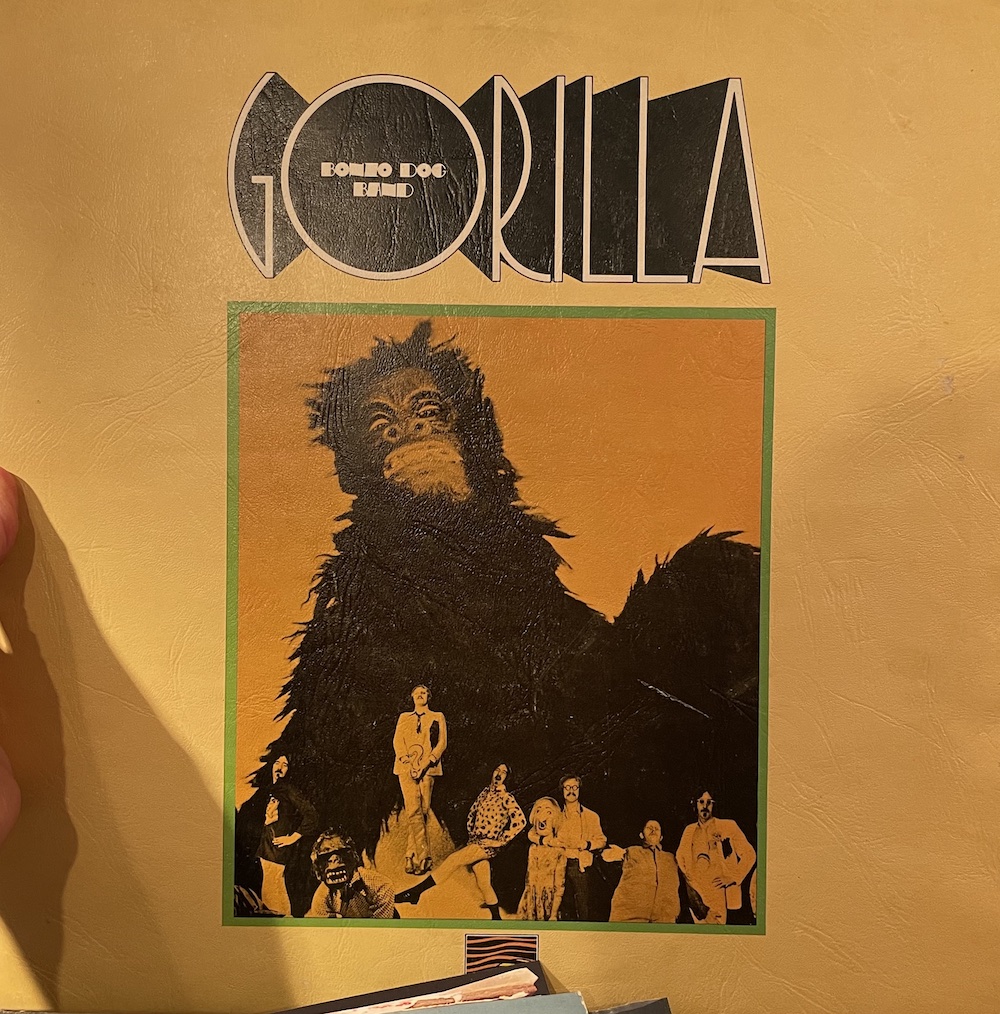"Tubular Bells" 50th Anniversary Edition
Miles Showell cuts at 1/2 speed from a digital master
The late British jazz saxophonist Lol Coxhill famously referred to this record as "Tubercular Balls"—and that's before he knew that his first name was short for "laughing out loud".
For many reasons this album was and remains a phenomenon. Nineteen year old Mike Oldfield had already been in and out of many bands. He'd been a folkie with his sister Sally in a group called Sallyangie, the 'angie' part taken from the Bert Jansch song and later he played in one of Soft Machine founder Kevin Ayer's bands.
Tubular Bells began as a home demo, which today is commonplace but back then was highly unusual. In 1971 Ayers lent Oldfield a B&O two track tape recorder that he modified by removing the erase head. That allowed him to record onto one of the machine's two tracks and bounce it onto the second, overdubbing as he went, to produce a multi-instrument performance.
Long story short, the demos came to the attention of Richard Branson, the owner of a small mostly mail order record store, who at the time was building a recording studio in the squash court of an old manor house, which came to be called "The Manor". Oldfield ended up recording Tubular Bells at the completed studio on a 16 track Ampex tape recorder. He was given a week to complete the album but only completed side one's "Opus One".
Branson tried shopping side one at 1973's MIDEM music conference but when that didn't succeed he decided to form a new label, Virgin Records, and release it himself, catalog number V2001.
How one related to the album upon its release depended in some ways to being or not being a Bonzo Dog Band fan. Oldfield had been a fan of the group and liked the way Viv Stanshall introduced the instruments on the group's hilarious track "The Intro and the Outro" from Gorilla the group's debut album.
 This is a U.K. reissue
This is a U.K. reissue
If you knew "The Intro and the Outro" (which you can listen to below) before you first heard Tubular Bells, hearing Viv Stanshall introducing the instruments was a major disorienting buzz killer! Was this album a joke?
Later, director William Friedkin effectively used the opening section of "Opus One" in his horror film "The Exorcist" to create the eerie tension and mystery that's key to the film's success.
I'd not played the original U.K. Virgin record in many years so I cue'd it up with the lights out and played it. The creepiness and mystery were there in the dark corners of the soundstage behind the unusual opening's time signature.
This super-clean reissue shines a light into the corners and turns the piece into a tech-exercise. I don't know how else to describe the effect but all of the mystery and tension heard and experienced listening to the original dissipates as you are left listening to a not as interesting rendering. Your reaction may differ. But when I hear Viv on any version announcing the instruments I hear him saying on "The Intro and the Outro": "and looking very relaxed, its Adolph Hitler on vibes".
The second record in the set features the original 2017 demo, music for the Opening Ceremony of the London 2012 Olympic Games and other bonus material surely of interest to Tubular Bells fans. But I'd say if you want to hear "Opus One" in its original creepy vibe glory, find an original U.K. pressing. You may not hurl projectile green vomit, but your head might spin.
This E.U. pressed 180g reissue is state of the art quiet, flat and physically about as perfect as vinyl can be and nicely presented in a gatefold jacket with an insert showing the original tape and with worthy annotation. (Also available on CD and Blu-ray, which features 5.1 surround an Dolby Atmos mixes)












































